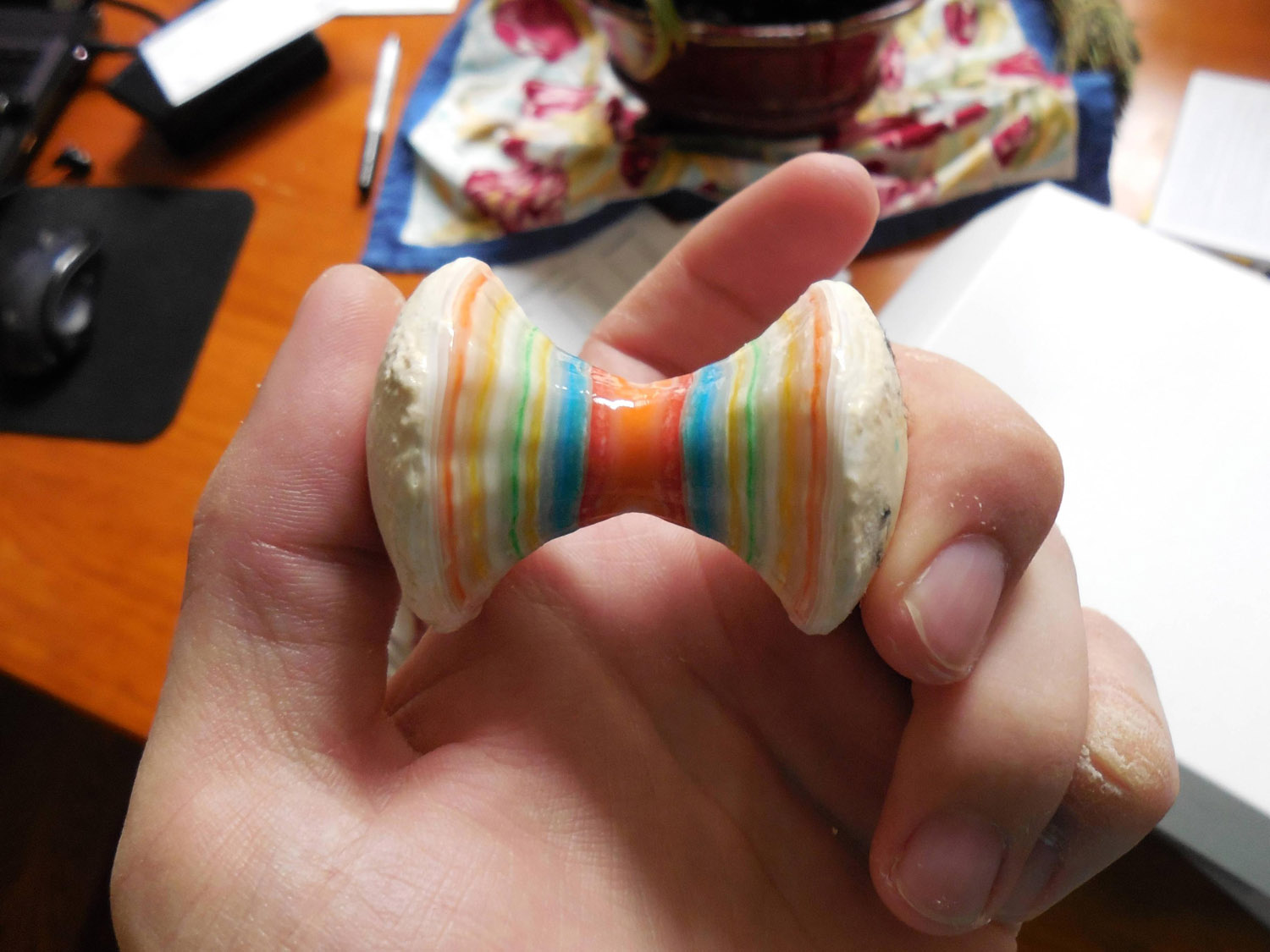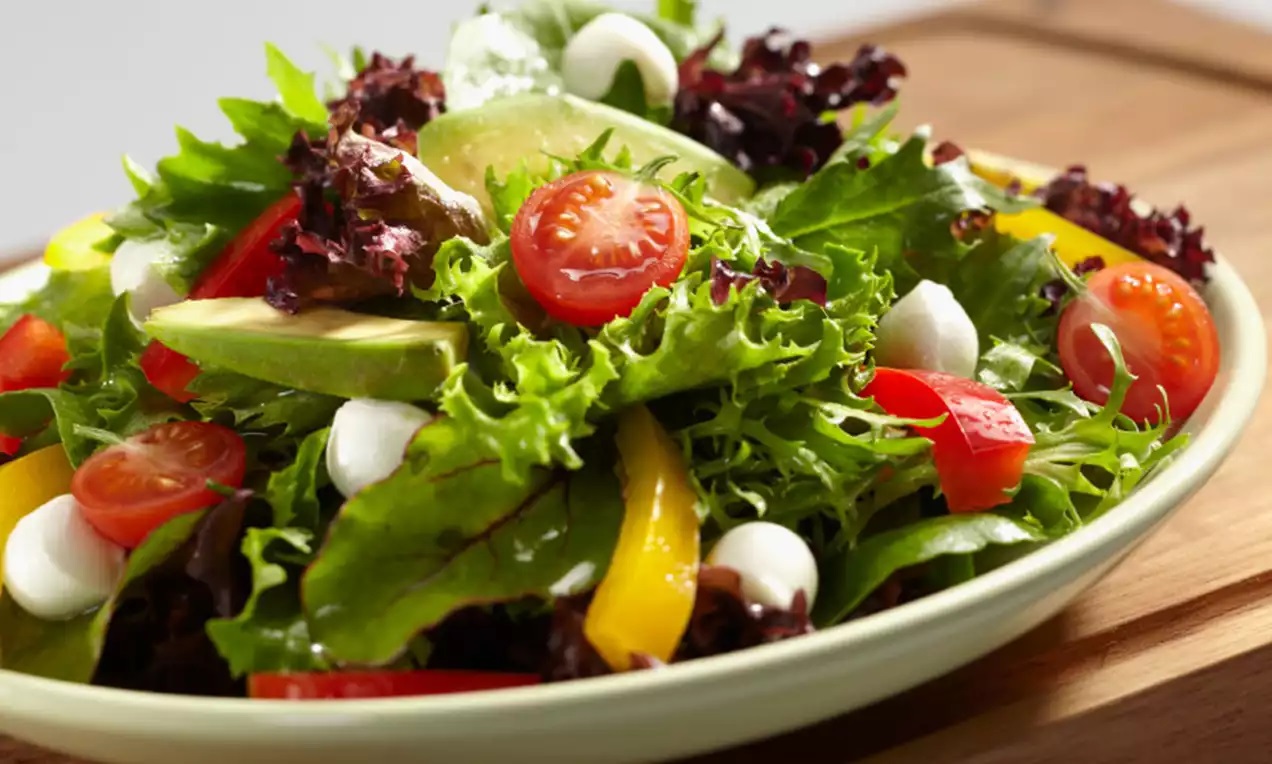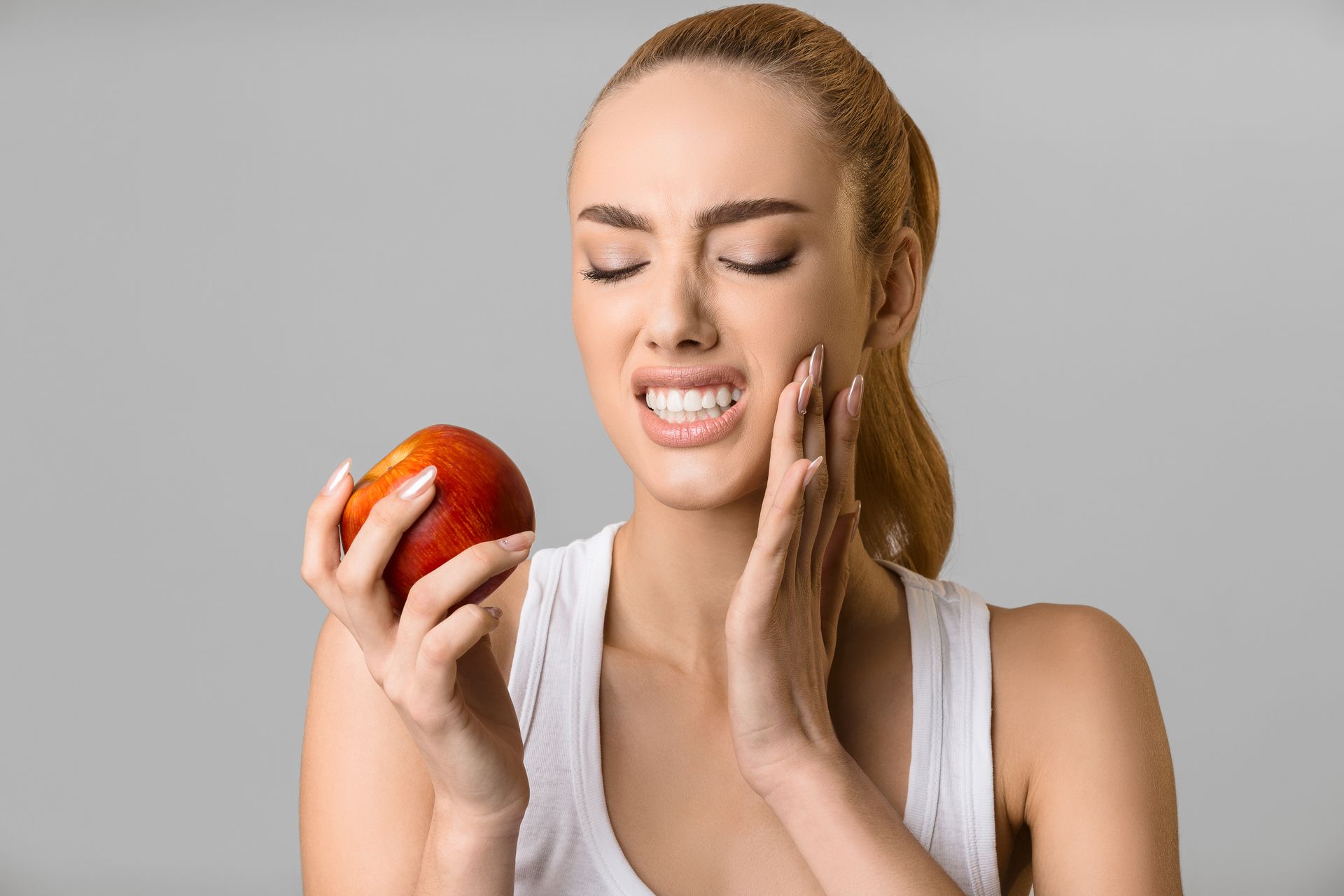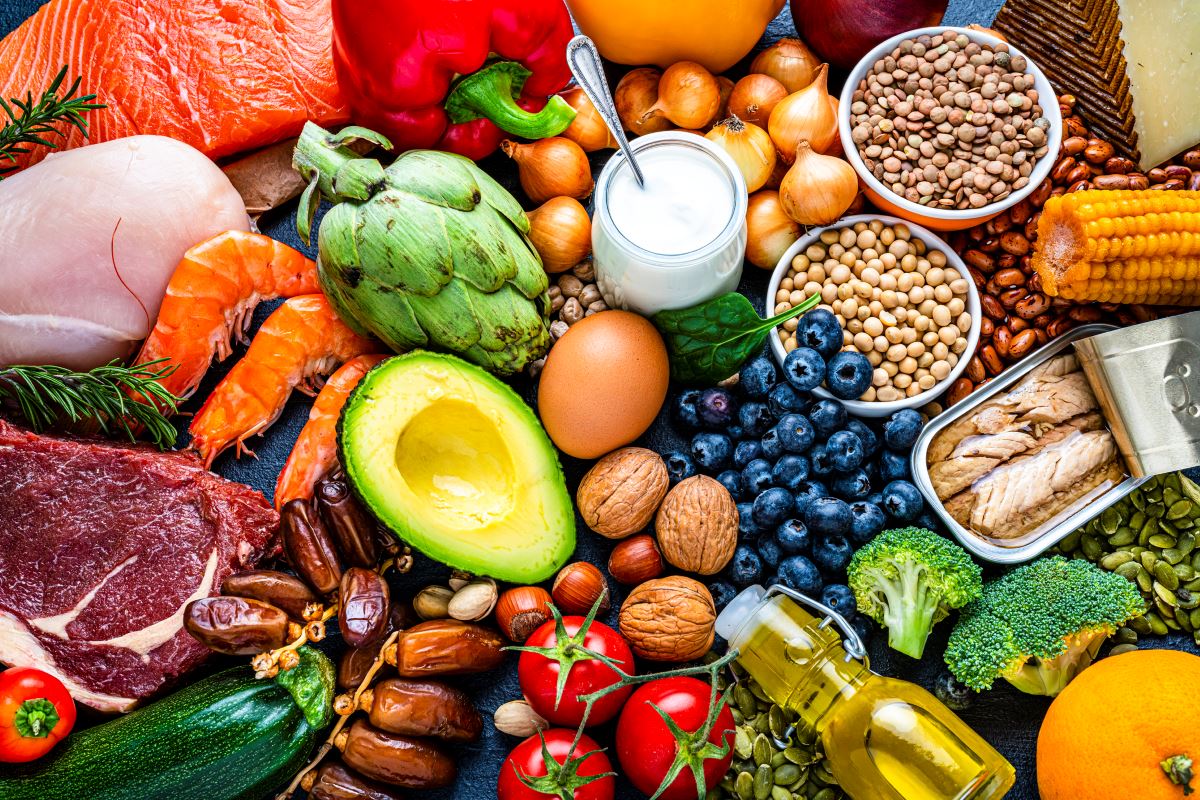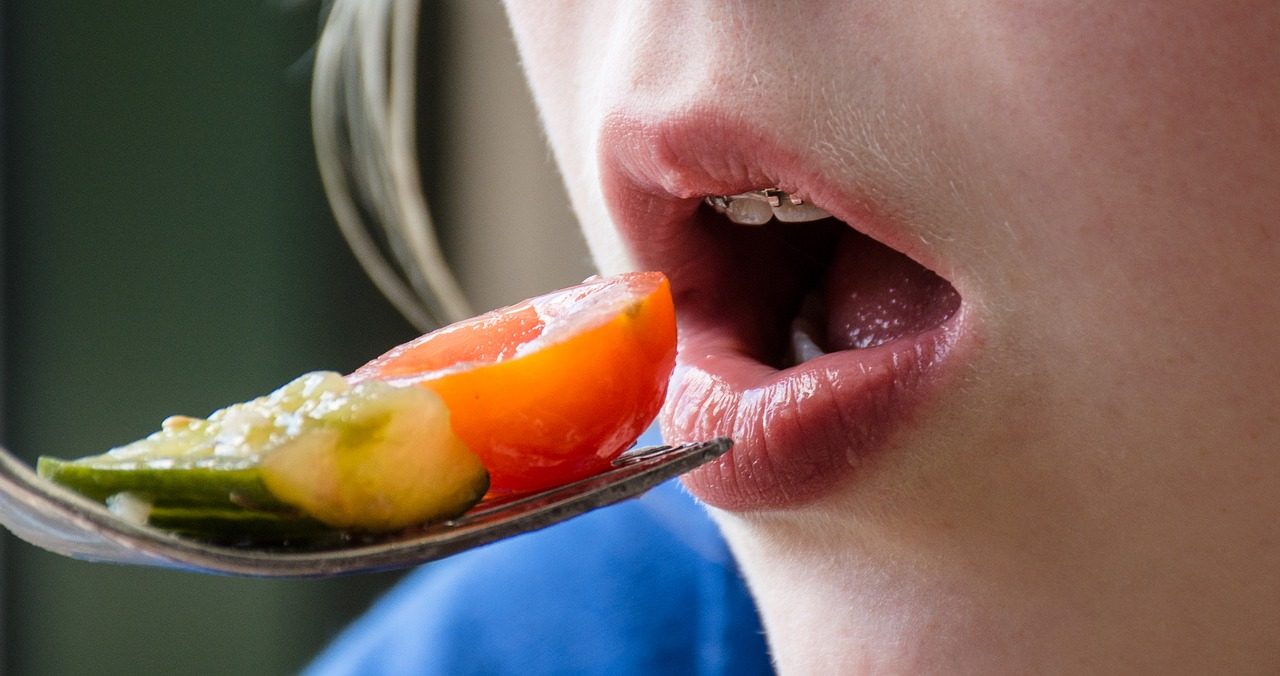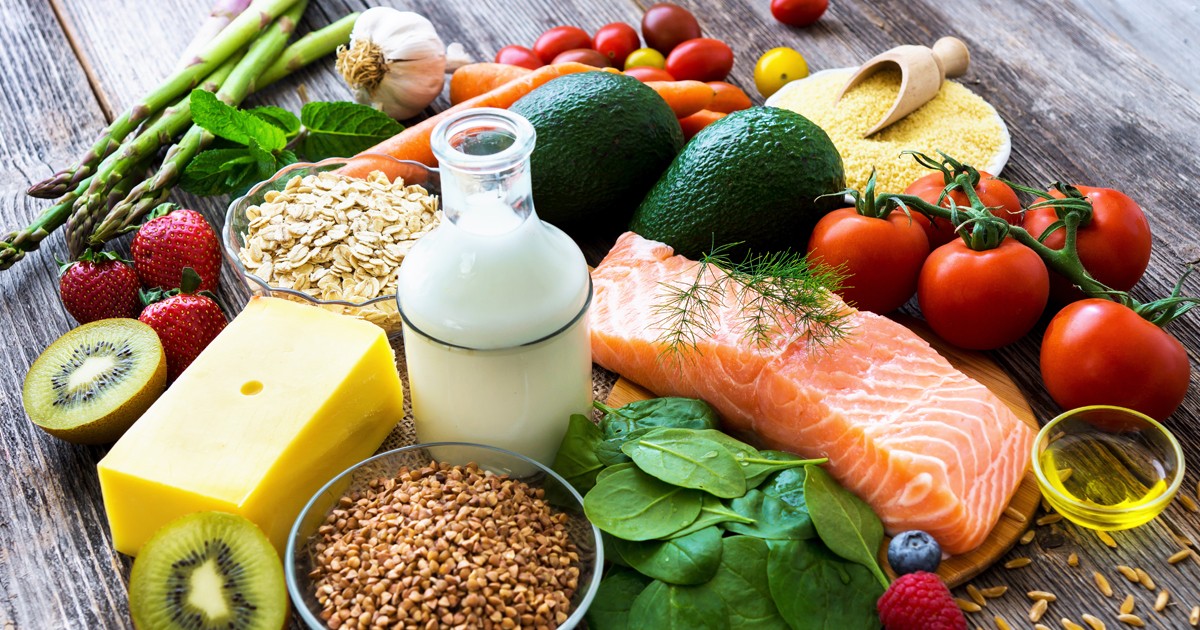Enjoying Fruits and Vegetables Without Tooth Pain
As a food lover, there’s nothing quite as satisfying as biting into a crisp apple or enjoying a juicy slice of watermelon. However, for some people, the thought of eating fruits and vegetables can be daunting, especially if they experience tooth sensitivity or pain. The good news is that there are ways to enjoy these nutritious foods without causing discomfort to your teeth. Here are some tips for eating fruits and vegetables without your teeth hurting:
Choose Soft Options
When it comes to enjoying fruits and vegetables without causing tooth pain, opting for softer varieties can make a big difference. Instead of biting into a hard apple or carrot, consider choosing softer options such as bananas, berries, steamed vegetables, or cooked squash. These options are gentler on the teeth and can be enjoyed without causing discomfort.
Blend Them Into Smoothies
If chewing fruits and vegetables is causing you tooth pain, consider blending them into delicious smoothies. By combining soft fruits like mangoes, avocados, and kiwis with leafy greens such as spinach or kale, you can create a nutritious and tooth-friendly beverage that’s easy to consume. Adding a splash of yogurt or almond milk can further enhance the creaminess of the smoothie, making it a delightful treat for your taste buds.
Steam or Roast Your Veggies
For those who love their veggies but struggle with tooth sensitivity, consider preparing them in a way that makes them easier to chew. Steaming or roasting vegetables can help soften their texture, making them more tooth-friendly. Whether it’s tender-crisp asparagus, caramelized Brussels sprouts, or roasted sweet potatoes, there are plenty of delicious ways to enjoy vegetables without causing discomfort to your teeth.
Opt for Seedless Varieties
If seeds are causing discomfort for your teeth, consider choosing seedless varieties of fruits and vegetables. Seedless grapes, watermelon, and cucumbers are excellent options that can be enjoyed without the worry of seeds causing tooth pain. Additionally, removing seeds from fruits like oranges and watermelons before consuming them can also help prevent any potential discomfort.
Pair with Tooth-Friendly Foods
Pairing fruits and vegetables with tooth-friendly foods can help minimize any discomfort while enjoying them. For example, combining slices of apple with a serving of yogurt or cheese can help neutralize the acidity of the fruit and provide a balanced snack that’s gentle on the teeth. Similarly, enjoying raw vegetables with a serving of hummus or guacamole can add a creamy element to the crunch, making them easier to eat without causing tooth pain.
Practice Good Dental Hygiene
While finding ways to enjoy fruits and vegetables without tooth pain is important, it’s also essential to maintain good dental hygiene. Regular brushing, flossing, and dental check-ups can help keep your teeth and gums healthy, reducing the likelihood of experiencing discomfort while eating. Additionally, using a toothpaste designed for sensitive teeth can provide added protection and relief for those with tooth sensitivity.
By incorporating these tips into your daily routine, you can continue to enjoy a wide variety of fruits and vegetables without worrying about tooth pain. Whether you’re blending them into smoothies, choosing softer options, or practicing good dental hygiene, there are plenty of ways to savor these nutritious foods while keeping your teeth happy and healthy.


